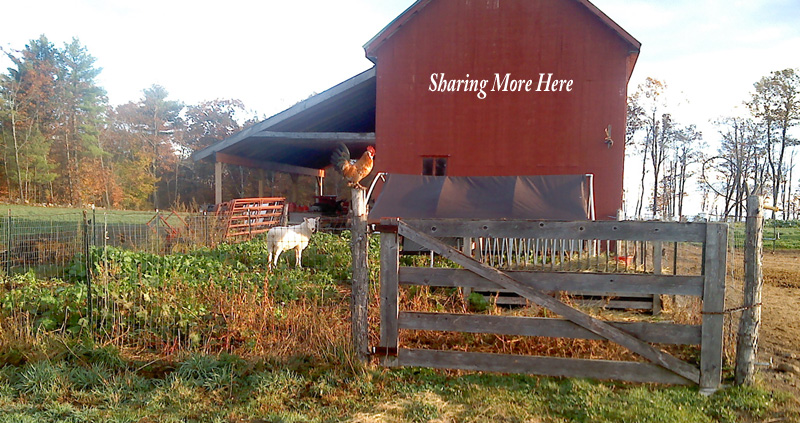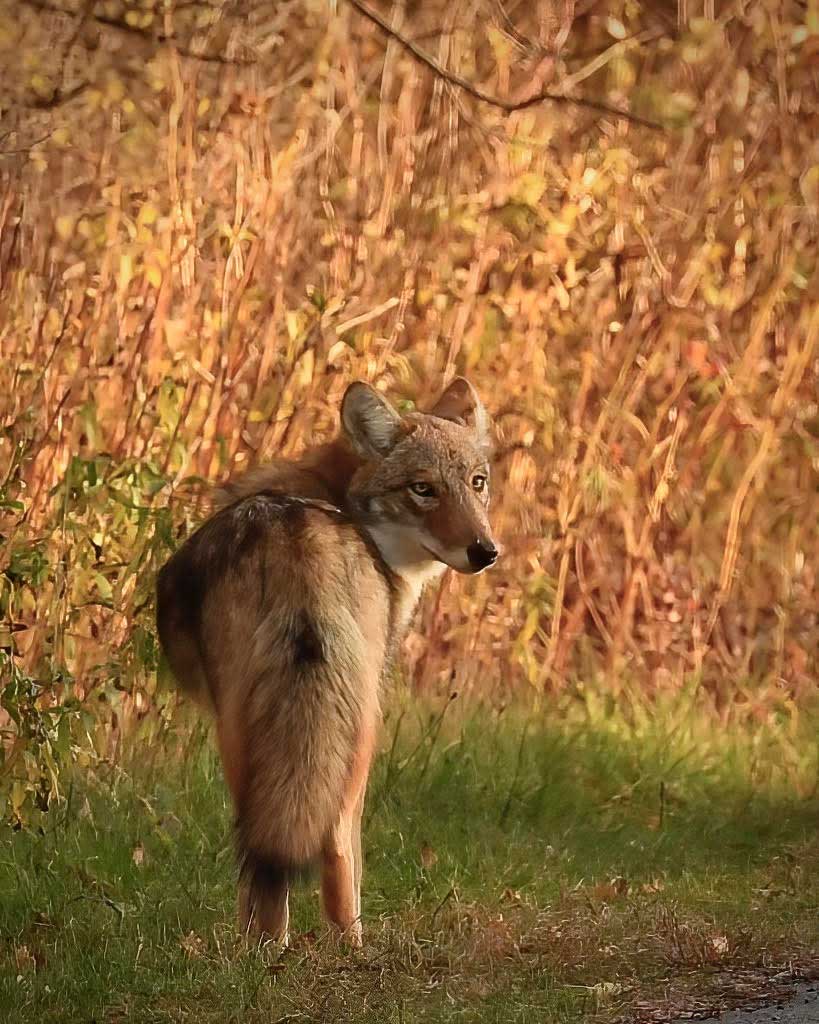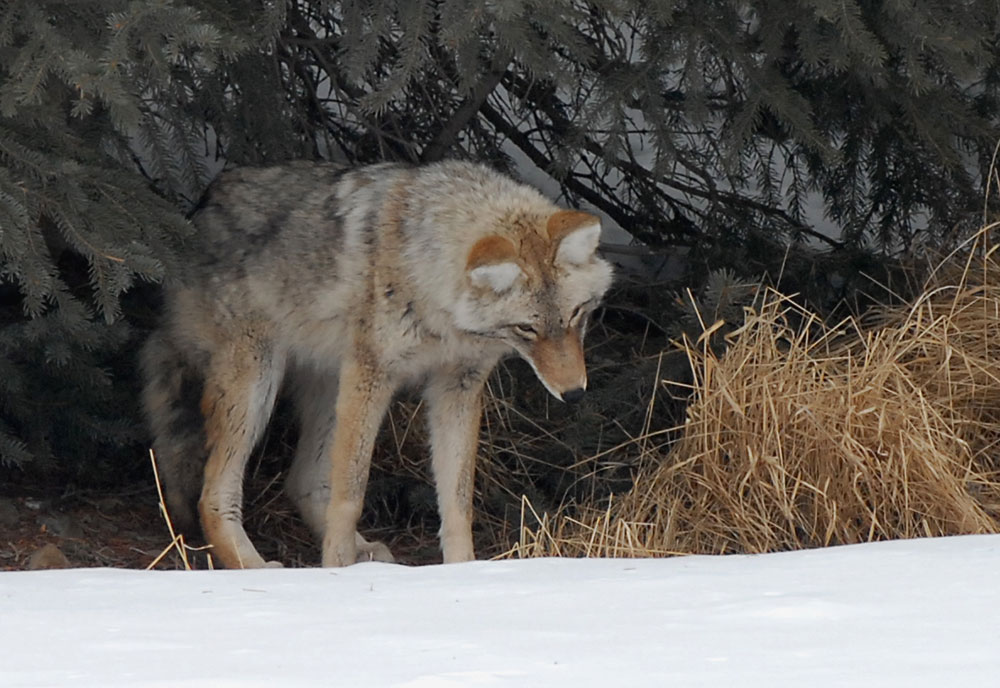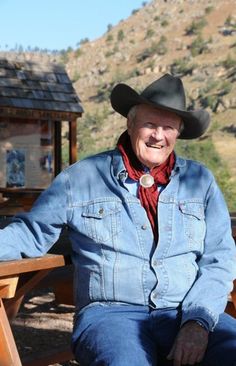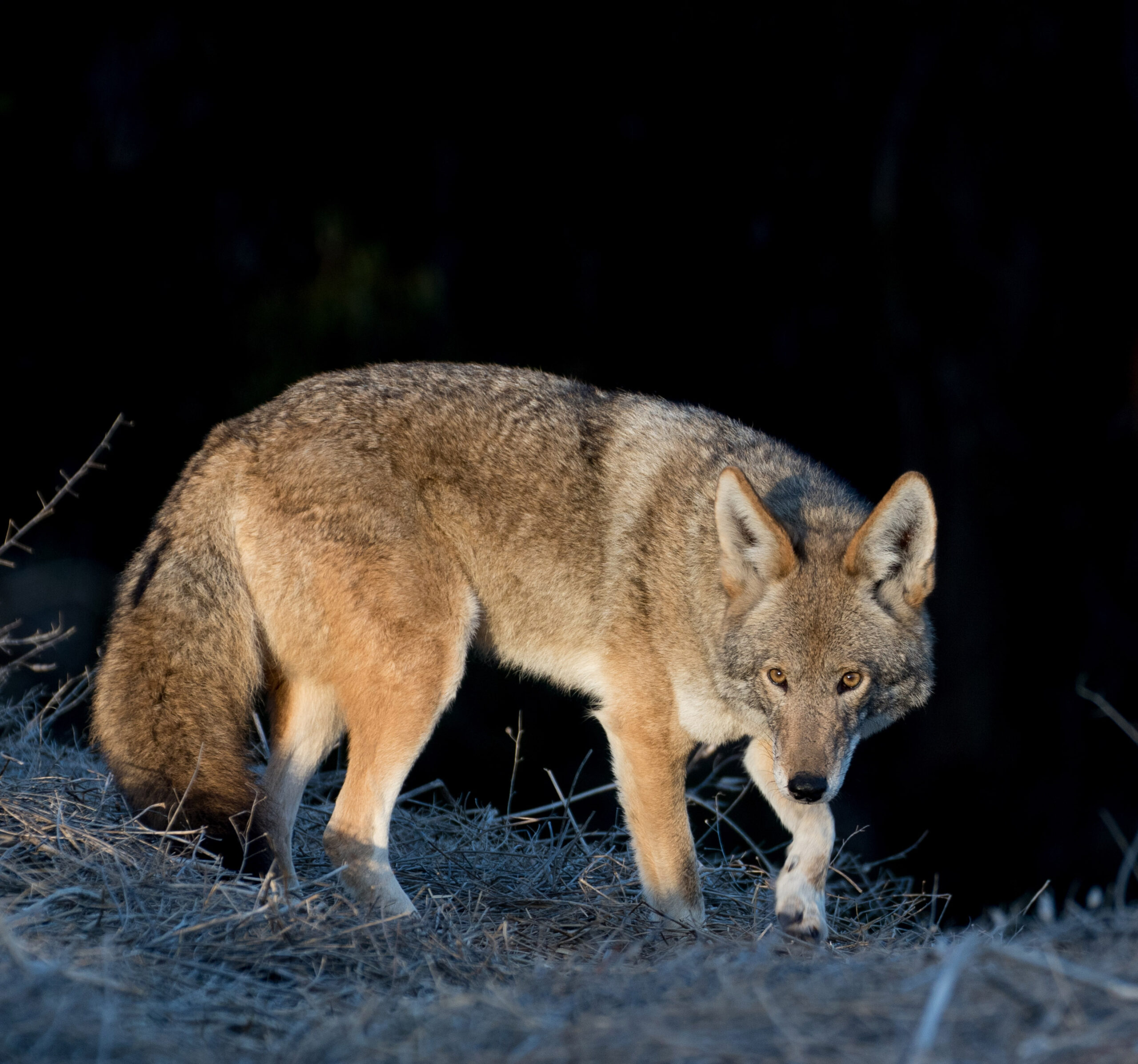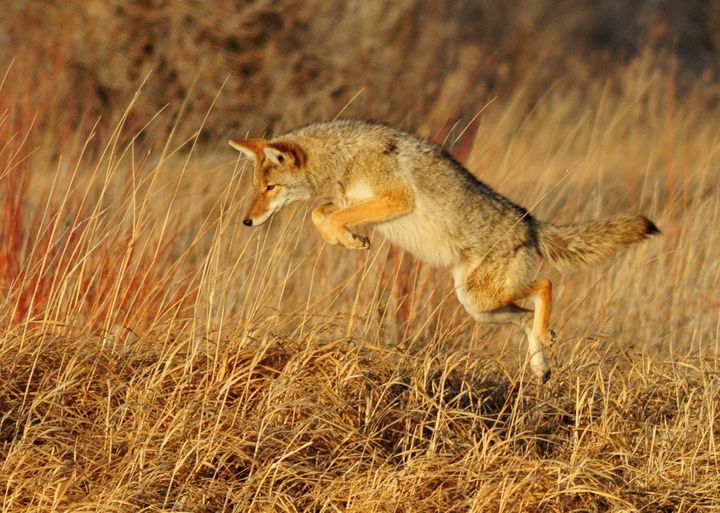
Photo by: Tom Kornner, USFWS
A vital aspect of carnivore conservation is reaching out to our farmers in support. And why is this? Because farming in the presence of carnivores is NEW on the American continent. Before the Europeans arrived around 500 years ago our Native Peoples did not have any domestic animals, other than their dogs. And our native carnivores hunted their wild prey. But when the Europeans arrived, they repeated on this continent what they had accomplished in Europe: they sought to wipe out all native carnivores. And they were very successful in doing so. But they also wiped out vast numbers of the carnivores’ wild prey and destroyed vast areas of their habitat.
But at the same time, surviving alongside domestic farm animals is NEW to our native carnivores. Imagine yourself as a coyote, wolf, puma, bear or another smaller carnivore. Your whole evolution was wrapped up in the role of predator to WILD PREY. But with their wild prey greatly diminished and at the same time, surrounded by strange non-native herbivores like cows and sheep AND hunger mounting, what would you seek to do? Yes! Hunt these non-native species, and in doing so, pay the price with your life.
But we have come a long way in the last 50 years or so in understanding that both our native predators and our farmers can thrive. And how can we make that happen? Through the use of animal husbandry practices that work. So NOW, we can go forward in creating a new relationship that is life enriching for all. THIS is why supporting our farmers is so vital.
So I was thrilled when farmers in Essex County New York requested that I come spend time with them and offer an educational program on successful animal husbandry practices. And they wanted me to come in February…. In the dead of winter! So I was pleased to be joined by Abby, one of our leading farmers here in Maine.
It is so inspiring to join a large group of farmers who want to create something new. That evening after meeting many of them personally, I gave my presentation, followed by Abby’s. The last speaker was one of their own farmers, who I had met just before we began.
He initiated his talk by stating that the Coyotes had been very active around their farm, while at the same time there was a “great deal of killing coyotes around their farm too.” He recognized that this killing set up a situation of conflict, of an increased threat of Coyotes coming to his farm and killing his livestock.
He stated that he was not using any animal husbandry practices to protect his livestock. So he responded to the “presence of coyotes” on his farm in the same way other farmers were – he shot them. However he admitted that he was a bad shot, ”maybe on purpose” and “often shot up into the air just to frighten them away.”
Then he told his story ~ One day a female coyote was mousing in his pasture ( a free service they give to farmers). A relative came over to visit and saw the Coyote mousing. He immediately ran to his truck for his gun and shot her. That night her mate killed two of the farmer’s geese and “placed them right where the female coyote lay in death”
When he came out in the morning and observed what happened, he immediately understood what the female’s mate was expressing to him. “I then realized that I was interacting with a sentient being.” The room was silent….
He concluded his talk with “The experience gave me the he be gee bees”
What truly inspired me was the fact that he stood in front of a room full of farmers and expressed his experience of the deepest respect for this highly intelligent being who was sharing his grief with him. He had become aware of their personhood; they had a life they also wanted to live. He understood that.
He now has three guardian dogs …
